Violence Of Tone
Miriam Backstrom, Liliana Basarab, Erick Beltran, Yane Calovski, Alicia Framis, Haraldur Jonsson, Ann Lislegaard, Arturas Raila, Tobias Sjoberg, Praneet Soi, Darius ZiuraCurator’s statement: It sometimes happens that you send mysterious messages to yourself. I once overheard myself saying: 'Oh yes, but don't forget the violence of tone.' I could not forget this phrase, so I wanted to continue articulating it.
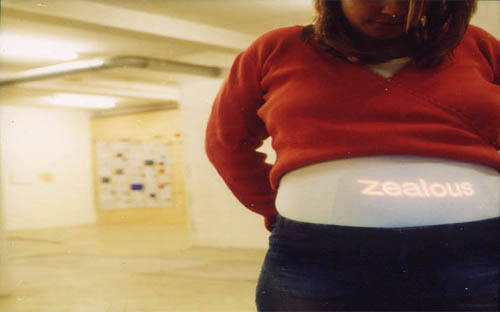
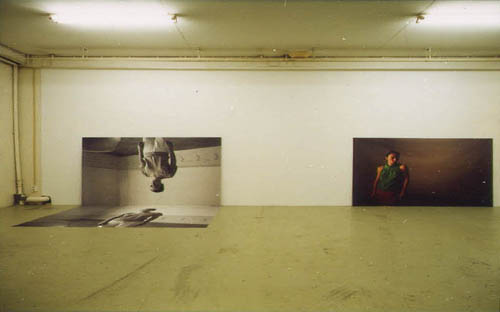
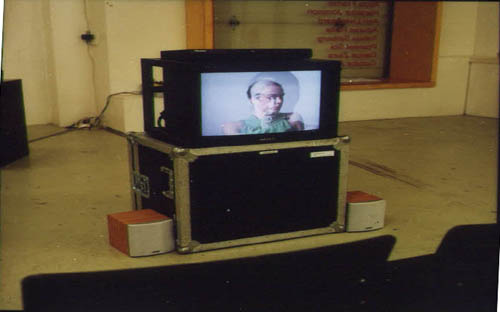
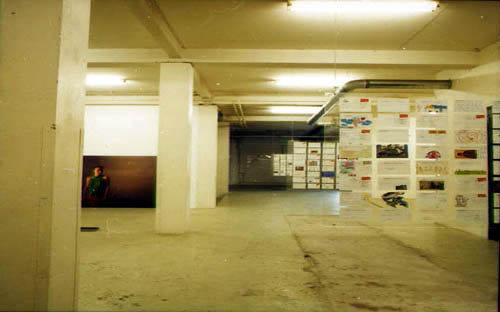
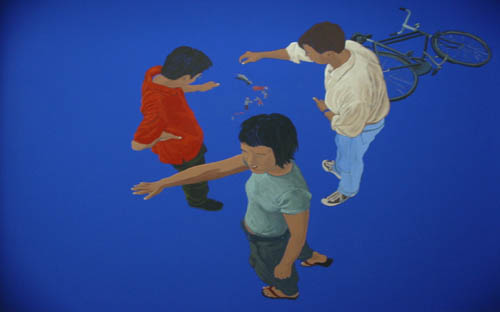
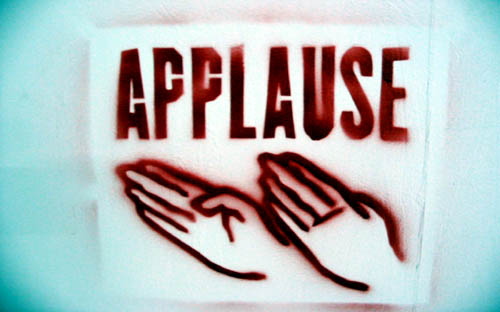
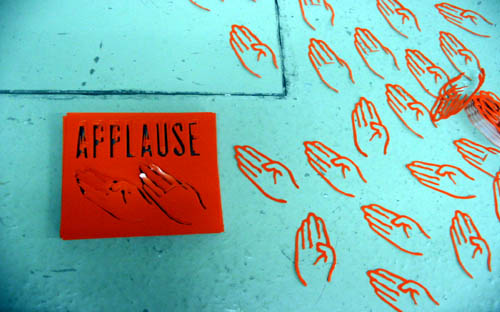

What sense could it possibly make? I seem to have defined ‘violence' rather generously as 'something inflicted upon someone contrary to his own desire; an unpleasant and unexpected intrusion into the sphere of privacy'. But how violent is such rhetorical violence in comparison to the hands-on practice of physically violating a subject? In itself, the concept of 'tone' contains memories of violence. It can be traced back to a Greek verb that means 'stretching, stretching out, pulling tight, applying tension'. This is a plausible image of how the vocal chords function. By analogy to voice and music, tone has come to signify 'tonalities' in many other fields of culture: nuances that are communicative and meaningful, but difficult to systematically define. Tone is a very physical aspect of speech. It is therefore surprising that linguists have been explaining ‘intonation’ as an afterthought or a decoration when it could just as well be seen as one of the fundaments of language. In art, tone is often associated with general vagueness. It belongs to the surface and the substance of an artwork. It refers to the whole and the parts of an artist's oeuvre. It is immediately graspable and totally incomprehensible.
The Violence of Tone is not a thematic exhibition. It is not really concerned with questions and answers, nor with issues and positions. I have, however, noted some possible thematic understandings of the admittedly enigmatic title: 'Tone as intensity'. Tone is the preferred code for expressing perceptive detail and emotional nuance. The more concentrated this information, the more complex the statement and the more complicated its decoding. 'Tone as difference'.
Differences between disciplines in artistic or intellectual life are often created and upheld by differences in tone. It is how professionals talk about what they do that identifies them and their field, rather than what they actually do in that field. 'Tone as operation'. There are important non-analytical aspects to tone. Tone is activity, tension, energy. Understanding tone is more a matter of perceiving wholeness than of picking it apart. 'Tone as power'. More than just a means of communication, tone is a force in its own right, operating as a free agent of order or chaos. Tone can be both anti-hierarchical and pro-establishment.
The Violence of Tone is an exhibition about what is commonly referred to as 'emotional intelligence'. It is meant to be sensual and cerebral, instinctive and intellectual. W139 is a contemporary art organisation based in Amsterdam, the Netherlands. W139’s regular location, a former theatre building in the city’s red light district, is currently closed for reconstruction. In the meantime, W139 will be presenting projects and interventions at various locations in Amsterdam and elsewhere.
Met dank aan
The ex Amsterdam City Council; Mondriaan Foundation and Zeeburg Local Council (Amsterdam); Office for Contemporary Art Norway (Oslo); Moderna Museet (Stockholm); Icelandic Ministry of Education and Culture (Reykjavik).